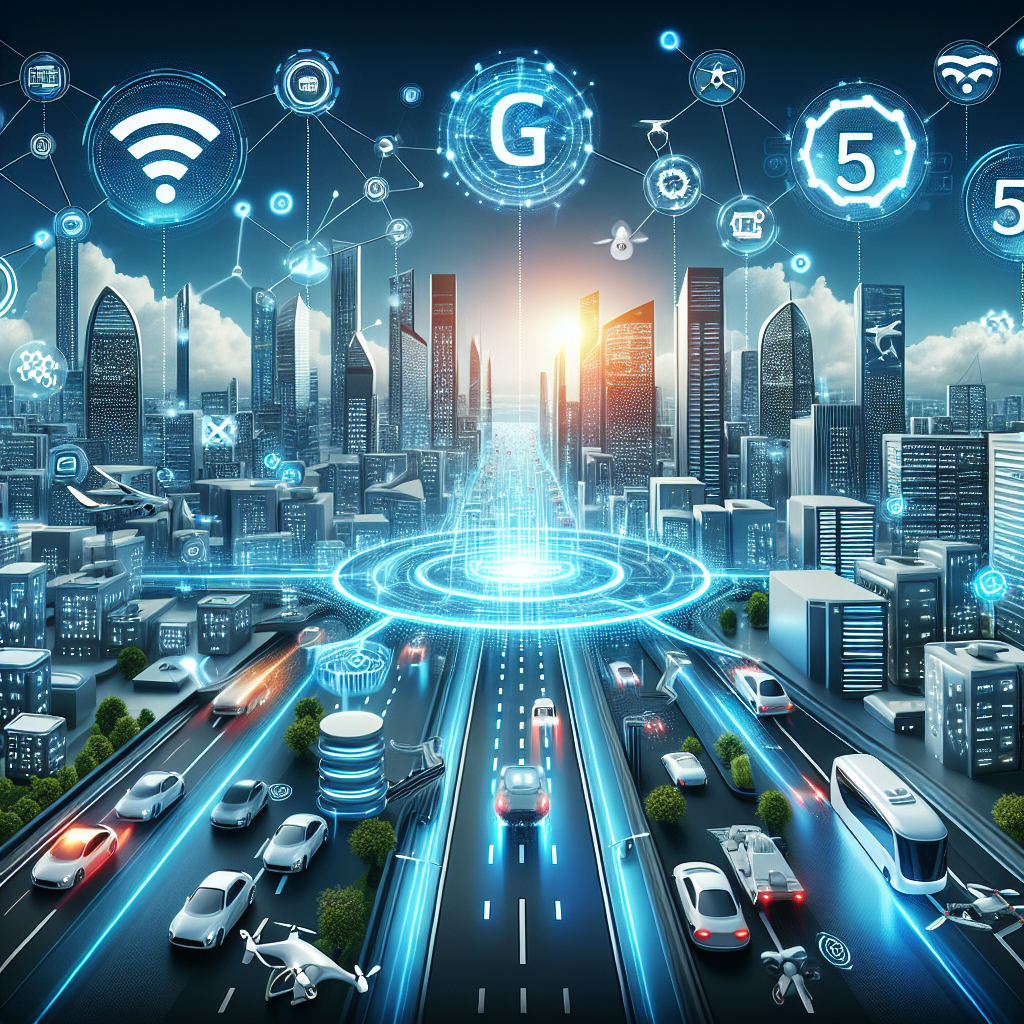Introduction to 5G and IoT
The introduction of 5G technology marks a significant turning point in the evolution of the Internet of Things (IoT). With its enhanced speed, reduced latency, and increased connectivity, 5G is set to revolutionize how IoT applications operate and interact.
Enhanced Speed and Connectivity
One of the most prominent features of 5G is its ability to deliver higher data rates. This advancement allows IoT devices to transmit data faster than ever before.
- Improved Response Times: 5G networks can provide response times as low as 1 millisecond, enabling real-time communications.
- Increased Device Density: 5G can support up to 1 million devices per square kilometer, accommodating the growing number of IoT devices.
Impact on Various Industries
1. Healthcare
5G will significantly enhance telemedicine and remote patient monitoring, allowing for:
- High-definition video consultations with minimal lag.
- Real-time monitoring of patient vitals through connected devices.
2. Smart Cities
In the development of smart cities, 5G will enable:
- Efficient traffic management through real-time data collection from connected vehicles.
- Enhanced public safety with smart surveillance systems that analyze data instantly.
3. Manufacturing
In the manufacturing sector, 5G will transform operations through:
- Seamless connectivity of machines, boosting automation.
- Remote monitoring and predictive maintenance capabilities, reducing downtime.
Challenges and Considerations
Despite the numerous benefits, there are challenges associated with the deployment of 5G technology:
- Infrastructure Costs: Upgrading existing infrastructure to support 5G can be costly for businesses and municipalities.
- Security Risks: With increased connectivity comes elevated security concerns, highlighting the need for robust security protocols.
The Future of IoT with 5G
As 5G technology continues to roll out globally, its impact on IoT applications will pave the way for:
- Automated Systems: Greater automation across various sectors, leading to improved efficiency and productivity.
- Innovative Solutions: The possibility of new applications and services that leverage the capabilities of 5G.
Conclusion
In summary, the integration of 5G technology with IoT applications heralds a new era of connectivity and innovation. As industries adapt to this change, the potential for enhanced efficiency, real-time data processing, and innovative solutions will transform our daily lives and business operations.

